Good vision is a key factor for living a healthy happy life. The earlier we start looking after the health of our eyes, the better it is. Vision problems can occur at any age, which is why regular eye examinations by ophthalmologists are important. Glaucoma is a group of eye conditions that damage the optic nerve, which is vital for good vision. Medicircle is conducting an awareness series on glaucoma with eminent doctors to boost awareness and educate people about eye health.
Dr. Ryan DSouza is the Chief Eye Surgeon and Medical Director at Centre for Eye Diagnostics and Surgery (CEDS), Mumbai. He is a self-motivated, and enterprising eye surgeon who is also associated with Lilavati Hospital and Medical Research Center as a consultant. He has been associated with Holy Family Hospital in the past. Dr. Ryan always looks forward to staying on the cutting edge of technology and combines the worlds of medicine and technology to provide optimal, state of the art and quality care to patients.
Genetic predisposition and family history are the most important factors that make an individual prone to glaucoma
Dr. Ryan mentions, “Anybody is at risk to develop glaucoma. However, certain factors make one more prone to it. Age is an important factor. The risk of glaucoma typically increases after the age of 40. There are forms of childhood glaucoma as well but these are relatively uncommon compared to adult glaucoma. There are various other factors. One of the most important factors is genetic predisposition. So, people with a family history of glaucoma are more likely to develop it than those without a family history of glaucoma. There are other less common factors like smoking, hypertension etc. Race is also known to be one of the important factors, for example, glaucoma is more prevalent in certain African races and certain other races as well. But, to sum this up, I would say one of the most important factors for glaucoma is genetic predisposition and family history,” says Dr. Ryan.
Timely diagnosis and monitoring slow down its progression
Dr. Ryan informs, “You cannot prevent the onset of glaucoma if there is a genetic predisposition to it. However, with timely monitoring and timely diagnosis, you can certainly slow down the progression of glaucoma and you can prevent the blinding complications of it. So, while glaucoma may not strictly be a completely preventable disease or a curable disease, you can certainly reduce the risks of developing blinding complications.”
Glaucoma is not curable but can be managed very well
Dr. Ryan points out, “Right now, glaucoma is not curable. So, it is one of those diseases like so many others which can be managed very well. Once the patient has glaucoma, ideally that person is a patient of glaucoma for life. What this means is regular monitoring, regular follow-up is necessary. Glaucoma can be managed very well with medications, lasers, and surgery. There are several modalities of treatment for it. So not everybody with glaucoma needs to lose their eyesight or go blind. With correct diagnosis, with timely treatment, timely management, and regular follow-up, most patients with glaucoma can continue to live very normal lives. So, while glaucoma is not preventable, the blinding aftermath of glaucoma is most certainly preventable,” says Dr. Ryan.
Glaucoma is not one single disease. It is an entity, it is a spectrum of diseases
Dr. Ryan explains, “Blindness primarily is a disease of the optic nerve. Various identifiable risk factors cause a certain type of typical structural and functional damage to the optic nerve and glaucoma. So, while most lay people associate glaucoma, typically with high pressure inside the eye, glaucoma is not just a disease of pressure in the eye, there is a spectrum of disease. When you see one end of glaucoma you have normal pressure or even low-pressure causing damage to the optic nerve. And when you see the other end of glaucoma, you may have high pressure, but you may not have damage to the optic nerve. And right in between, you see classic glaucoma, where there is increased eye pressure with progressive damage to the optic nerve. So, glaucoma is not one single disease. It is an entity, it is a spectrum of diseases. While eye pressure is one of the single most important, identifiable, and modifiable factors in glaucoma, the real damage, the real risk of glaucoma comes from structural damage to the optic nerve, resulting in functional loss of vision. So, various things can cause this,” says Dr. Ryan.
Glaucoma is a silent disease and not many are aware of it
Dr. Ryan emphasizes, “Glaucoma is a silent disease. It’s known as the silent thief of sight. So, unfortunately, in the early phases of glaucoma, where it can be managed effectively, most people are not even aware of it. They are not aware that they have a problem because it's completely silent, completely painless, and asymptomatic in most cases. So, people should take care that after a certain age, especially those who have risk factors like family history and smoking habits, etc, should visit their eye doctors to have routine eye checks done. During these routine eye checks, we look for the presence of glaucoma or the other likelihood of developing glaucoma in an individual. Now, if glaucoma is identified at an early stage, where structural damage to the optic nerve has not yet happened, it is very much easier to control and to manage the long-term effects of this disease,” he says.
Compliance is a major challenge – Glaucoma needs compliance
Dr. Ryan mentions, “The most important thing that I would like to stress is the compliance issues. I have seen in over 20 years of my practice that the biggest problem and the biggest challenge we face is compliance. Since it's a painless asymptomatic disease, most patients initially follow up, they take their drops, but after some point of time, a lot of people start getting irregular with their follow-ups and stop missing out on their drops. Because of these compliance issues, unfortunately, a lot of cases progress. A lot of people lose their vision which they could have easily prevented. So, I think if we can increase awareness about the fact that glaucoma needs compliance, a lot of blindness cases can be prevented,” points out Dr. Ryan.
Going to an eye doctor does not mean just checking your number, it means taking preventable measures for good vision
Dr. Ryan says, “If people get aware of the importance of regular eye checks after the age of 40, and if they understand that going to an eye doctor doesn't mean just checking your number or your glasses, rather much more than that, it would be beneficial. I think with that kind of awareness, a lot of people can continue to enjoy healthy vision. And it's a complete myth that glaucoma means “I am blind or I have lost my sight.” Most glaucoma can be managed well and most glaucoma patients can live a normal and healthy life, if only they understand how to manage glaucoma correctly,”says Dr. Ryan.
Awareness is the key
Dr. Ryan points out, “Unfortunately, as far as the eyes are concerned, most people only know cataracts. Very few people know beyond that. So yes, cataract is a common cause of preventable blindness. But there are so many other silent diseases or lesser-known diseases, which can be prevented if awareness is there. That way the vision of a lot of people would get saved.”
(Edited by Amrita Priya)
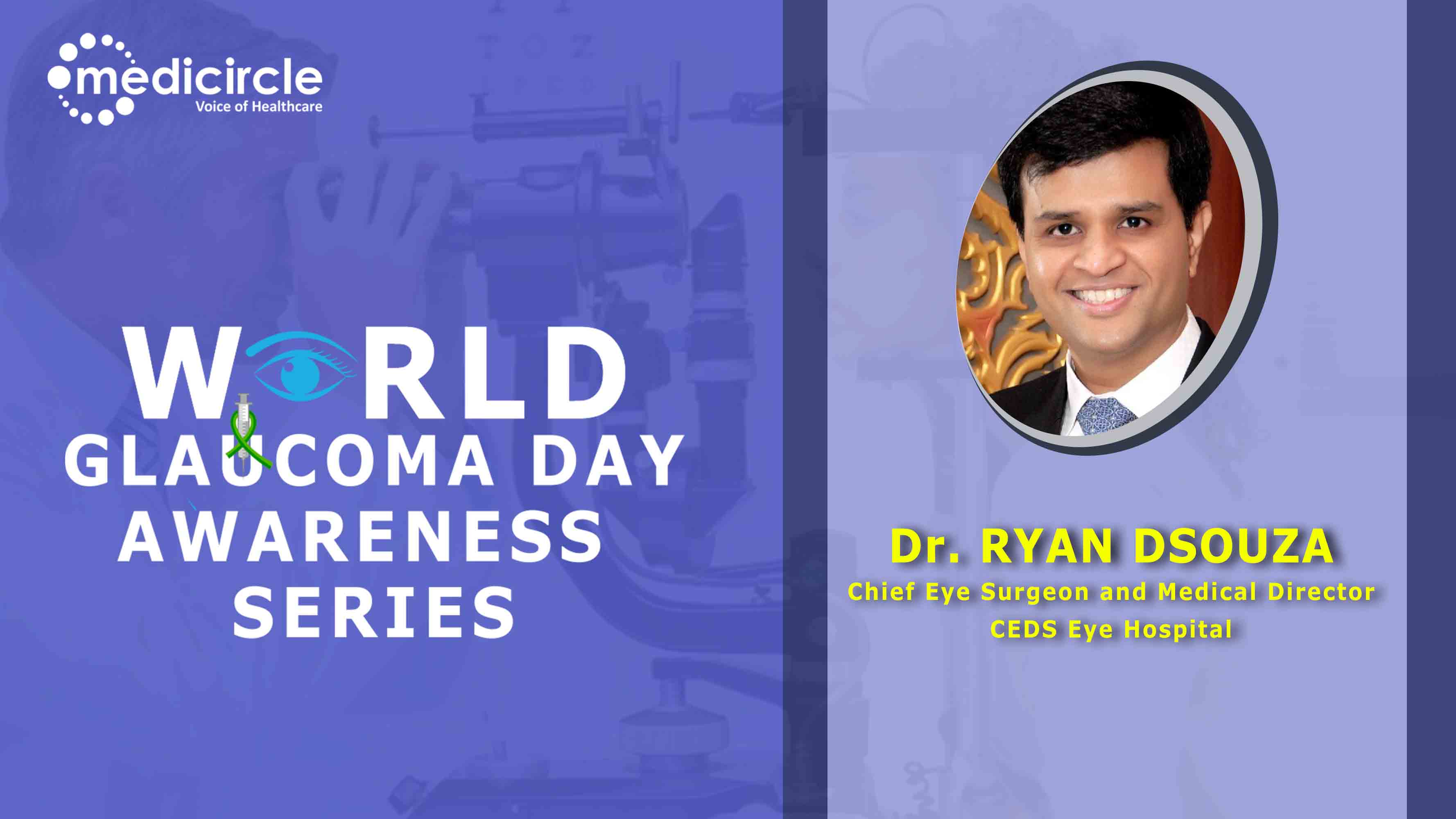
 The good news about glaucoma is that with modern medications that are available, the need for surgeries have significantly come down compared to two decades earlier. Today with the developments in pharmaceuticals, glaucoma can be managed very well with medicines alone, and very few patients need surgical procedures now, says Dr. Ryan DSouza.
The good news about glaucoma is that with modern medications that are available, the need for surgeries have significantly come down compared to two decades earlier. Today with the developments in pharmaceuticals, glaucoma can be managed very well with medicines alone, and very few patients need surgical procedures now, says Dr. Ryan DSouza.









.jpeg)


.jpg)
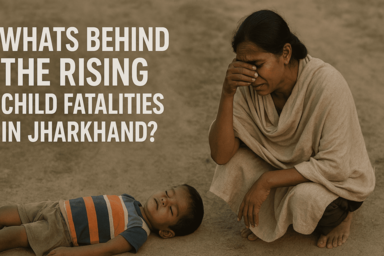
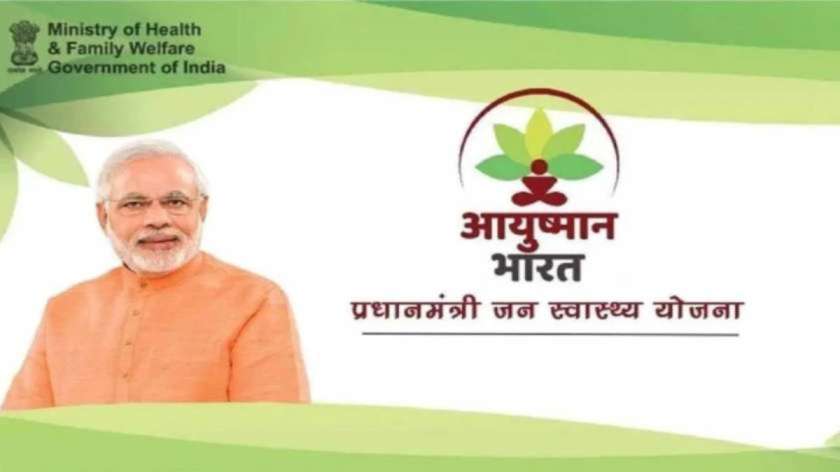





.jpeg)

.jpg)




.jpg)

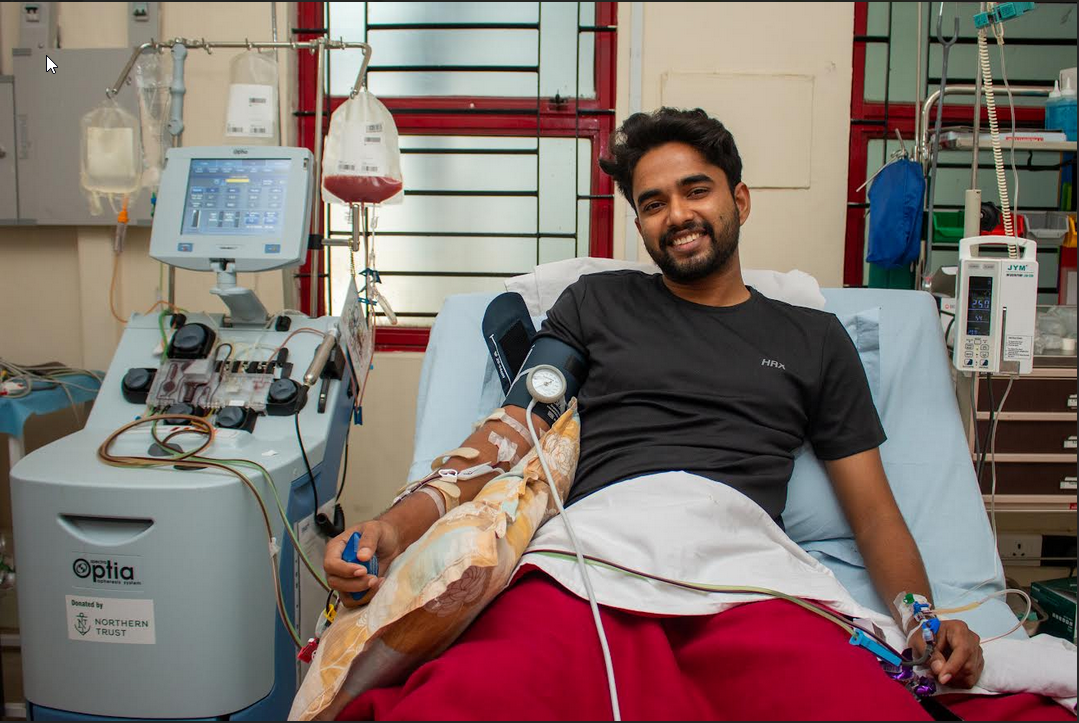
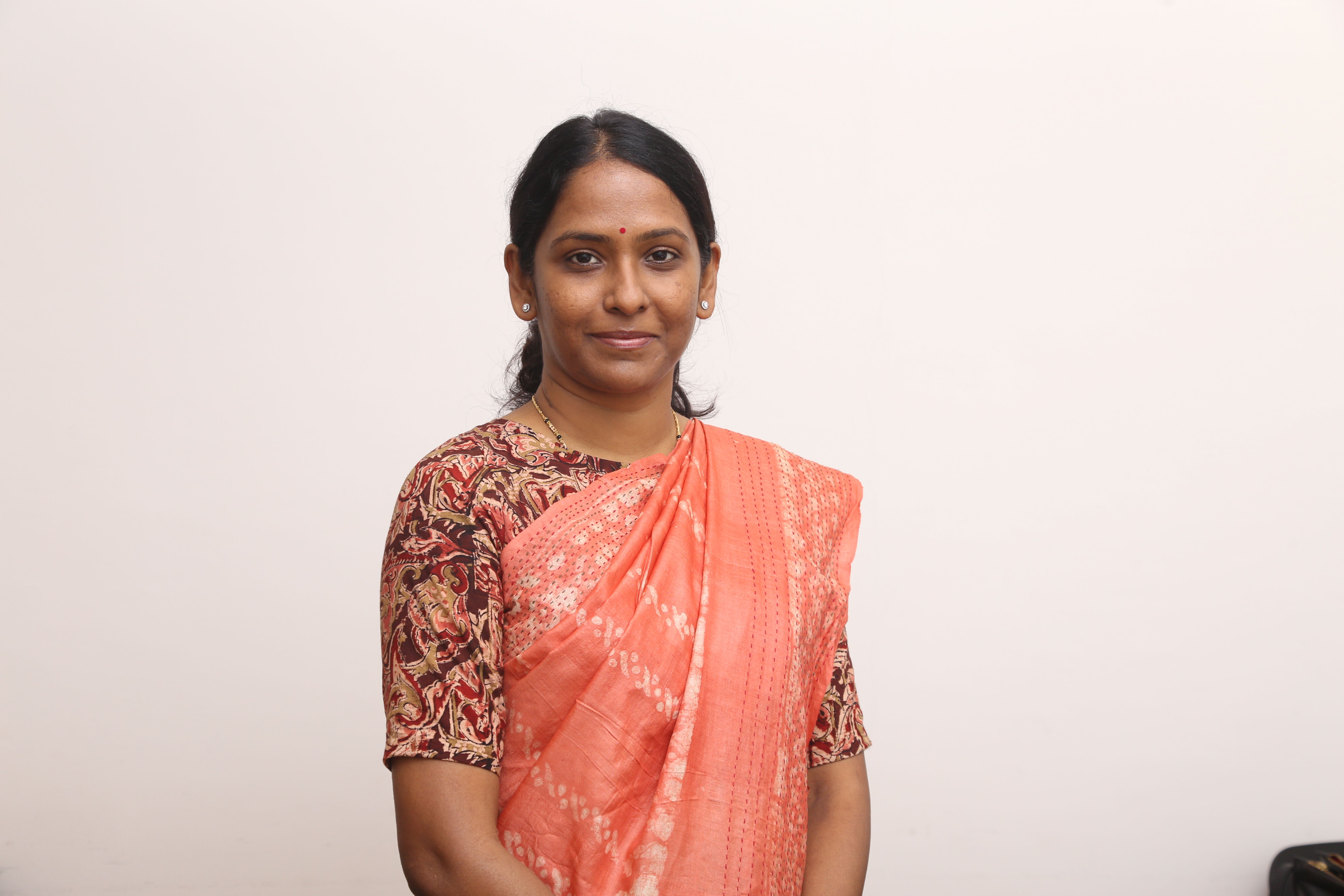

.png)

